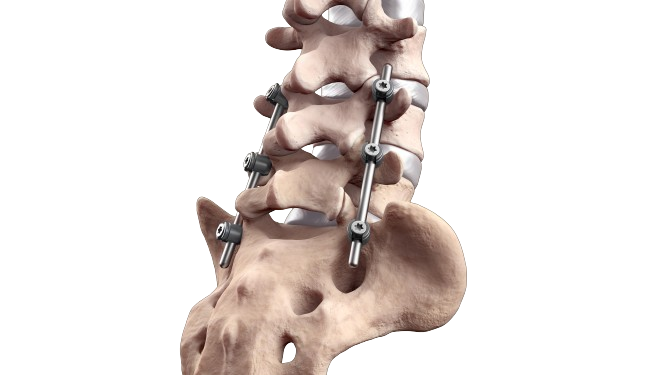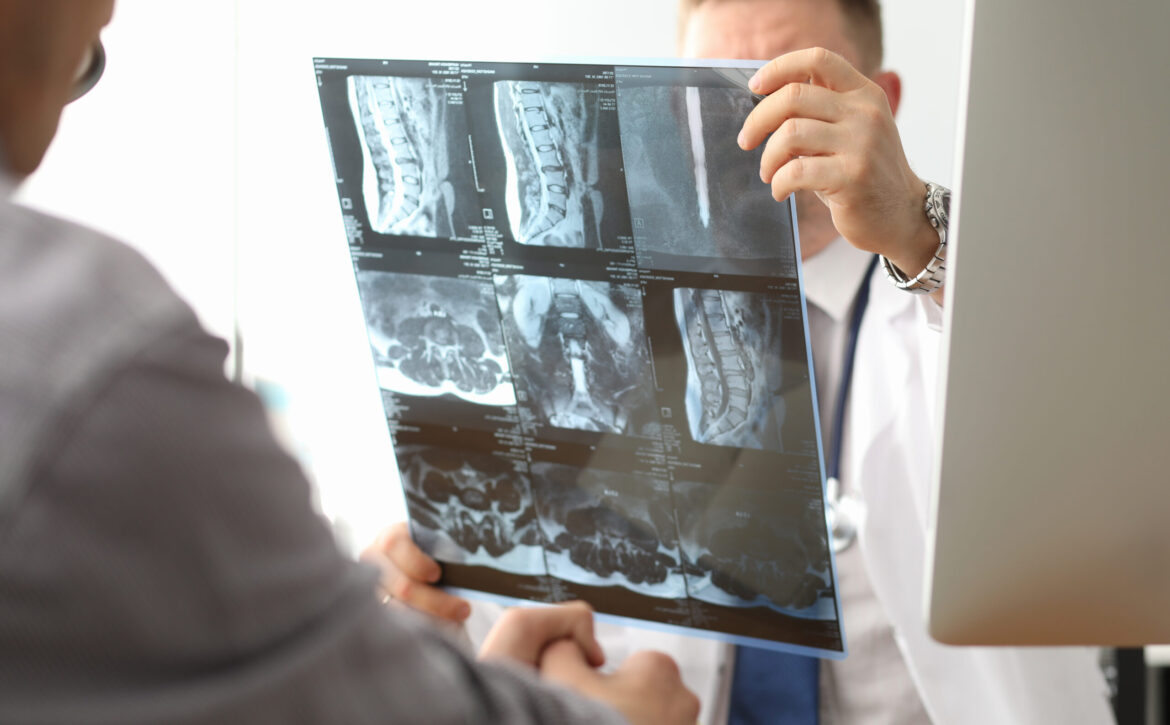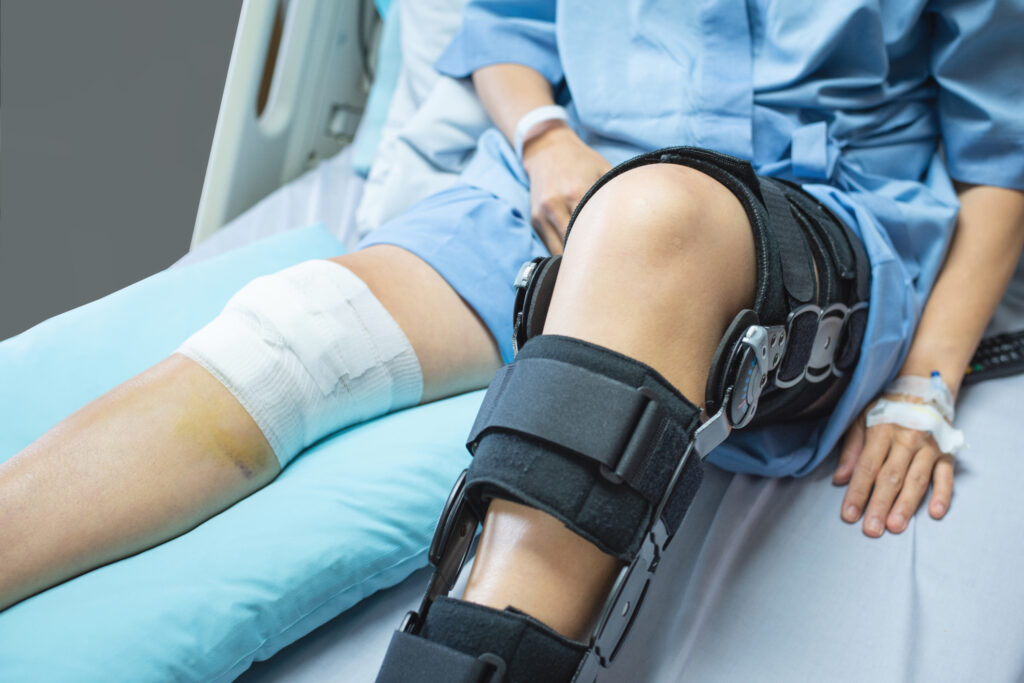Orthopedic Surgery Of The Spine

Orthopedic surgery of the spine is a specialized field that focuses on diagnosing and treating disorders involving the spinal column. These procedures can address issues ranging from traumatic injuries to degenerative diseases, significantly improving patients’ quality of life. Dr. Brian K Rich, an experienced orthopedic surgeon, offers expert care in spinal surgery with advanced techniques and a patient-centered approach. This blog explores the different aspects of spinal orthopedic surgery and how these interventions can help manage pain and restore mobility.
Types of Spinal Surgery Procedures
There are several types of spinal surgeries depending on the specific condition and patient needs. Some common procedures include:
- Spinal Fusion: A welding process by which two or more of the vertebrae are fused together to form a single, solid bone. This helps stabilize the spine and prevent painful movements.
- Laminectomy: This procedure involves removing part of the vertebral bone called the lamina to relieve pressure on spinal nerves.
- Discectomy: The removal of herniated disc material that is pressing on a nerve root or the spinal cord.
- Foraminotomy: This surgery enlarges the bony hole where a nerve root exits the spinal canal to relieve pressure and pain.
Each procedure has specific indications and potential outcomes, tailored to patient conditions and lifestyle goals.
Common Spinal Conditions Treated with Orthopedic Surgery
Orthopedic spine surgery addresses a variety of conditions that impact the structure and function of the spinal column. Key issues include:
- Herniated Discs: This occurs when disc material presses on nerve roots or the spinal cord, causing pain, numbness, or weakness along the nerve’s path.
- Spinal Stenosis: A narrowing of the spaces within your spine, which can put pressure on the nerves that travel through the spine.
- Spondylolisthesis: A condition where one bone in your back (vertebra) slips forward over the bone below it.
- Vertebral Fractures: Often caused by trauma or conditions like osteoporosis, requiring surgical intervention to relieve pain and stabilize the spine.
These are just a few examples of the conditions that can be effectively managed through orthopedic surgery of the spine, ensuring improved daily functioning and pain relief.

Recovery And Advancements
Technological advancements have significantly improved the outcomes of spinal surgeries. Innovations such as robotic-assisted surgery, minimally invasive techniques, and better imaging technologies like MRI and CT scans offer greater precision and faster recovery times.
Recovery from spinal surgery varies depending on the type of procedure performed and the individual’s overall health. Dr. Rich emphasizes the importance of a tailored rehabilitation program, which typically includes physical therapy to help patients regain strength and mobility. Post-surgical care is crucial to ensure successful healing and functionality of the spine. Patients are encouraged to follow their personalized recovery plan closely and communicate regularly with their healthcare team about any concerns.





